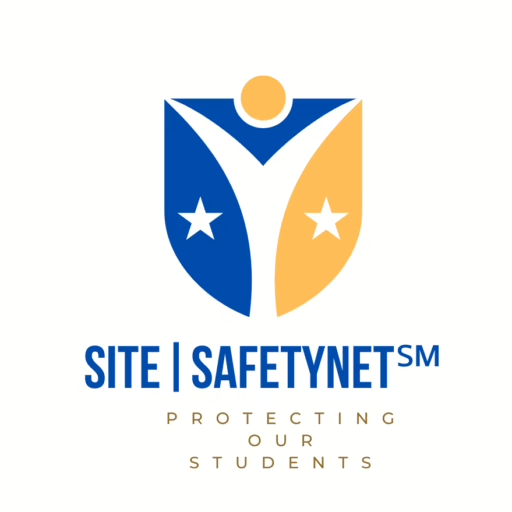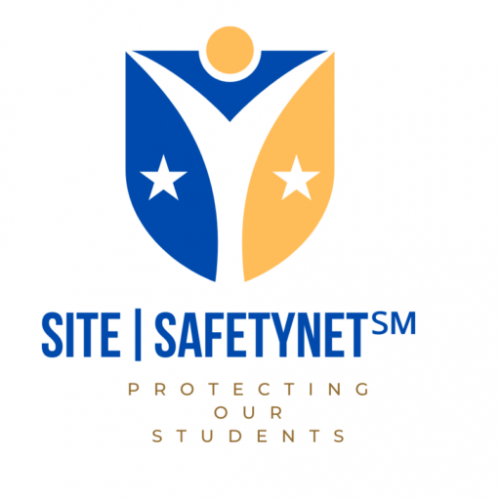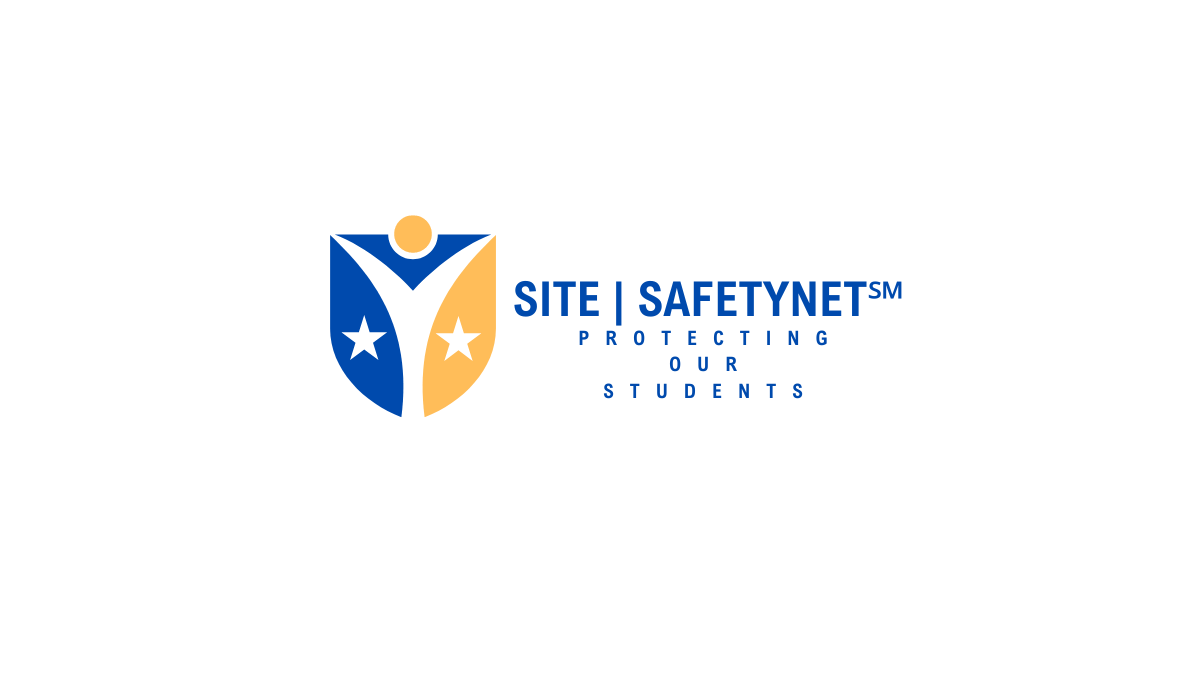 By Robert Jordan
By Robert Jordan
AI, the Cloud, and Mobile Credential Applications to Expand. Effective and efficient physical access control isn’t just a hot technology trend. It’s a security essential for any school, institution of higher education, or hospital. According to Campus Safety‘s recent exclusive research, educational and healthcare facilities are stepping up their acquisition of advanced access control systems.
Nearly seven out of ten respondents to the 2023 Campus Safety Access Control and Lockdown Survey had implemented card and/or biometric access control technologies over the past two years. CS’ 2024 survey found that there has also been a significant increase in organizations that now use access control software: 51% in 2024 compared to 42% in 2022. Over one in five (26%) now use smart card access systems.
Since schools, colleges, and hospitals are investing so much in physical access control, protection professionals must keep on top of what’s currently being used, what works, and what’s on the horizon.
At SITE|SAFETYNET℠, we aim to revolutionize how schools and other institutions manage safety. By integrating advanced access control features into our real-time safety app, we empower administrators to manage risks and ensure peace of mind proactively. Here’s a look at the trends shaping access control in 2025 and how our app aligns with these advancements.
Access Control’s Integration with Other Technologies Continues to Accelerate
For years, the campus public safety and security community has seen the growing convergence of physical security systems with IT and integrating access control with other systems, such as video surveillance, cybersecurity tools, intrusion detection, identity management, and facility management systems. According to security consultant Michael Cruz, this convergence is expanding further and enabling more holistic approaches to security management.
“By connecting physical access control systems with IT networks, organizations can more easily identify vulnerabilities, optimize workflows, and gain real-time insights into how spaces are being used,” he says.
Allegion’s director of education safety, Paul Timm, agrees, adding that integrating access control with broader communication systems is becoming increasingly important.
“This includes discreet communication with administrators and integration with general mass notification systems to help ensure comprehensive and coordinated responses during emergencies,” Timm says.
At SITE|SAFETYNET℠, we see this as an opportunity to enhance our app’s capabilities. Schools can achieve a seamless, real-time understanding of their safety zones by integrating access control data with our dynamic safety assessment and reporting tools.
Mobile Credentials Making Significant Headway
Widener University Associate Vice President of Student and Campus Services Anthony Pluretti says the No. 1 trend he sees across the higher education access control market is mobile credentials and Near Field Communications (NFC) in mobile wallets.
“Not only do students carry their phones everywhere, but most are using a passcode or facial ID, which provides dual-factor authentication to an existing access control system,” he says.
Mobile credentials have many advantages, including convenience, lower physical card management costs, and features like remote unlocking capabilities. At SITE|SAFETYNET℠, we explore ways to incorporate mobile credentials into our safety management platform. For example, first responders could use mobile credentials stored within our app to gain secure campus access during emergencies, speeding up response times and reducing potential damage.
Combining Biometrics and Mobile Credentials Bolsters Security
Another key trend is the adoption of biometric technologies, such as systems that use fingerprints, facial recognition, or iris scans to confirm the identity of a user. Cruz believes biometric enhancements to mobile credentials will gain in popularity.
“In addition to using smartphones as digital keys, biometric data will be more widely integrated into mobile access apps to add an extra layer of security,” he says. “This form of multi-factor authentication will help ensure that even if a smartphone is lost or stolen, unauthorized access will remain difficult.”
Incorporating biometrics into SITE|SAFETYNET℠ would strengthen its safety protocols, ensuring secure access for authorized personnel while providing actionable insights during incidents.
Artificial Intelligence and Machine Learning Will Play a Bigger Role
Artificial intelligence (AI) and machine learning (ML) have been buzzwords in security technology for several years. Cruz believes AI and ML will play a more significant role in access control in 2025, enabling systems to identify unusual patterns and detect anomalies in real-time.
The benefits of AI are many. It reduces human error, streamlines and automates monotonous tasks, and improves security. At SITE|SAFETYNET℠, we are working to integrate AI into our platform to provide predictive analytics and more intelligent decision-making tools. This will allow administrators to address potential vulnerabilities before they become critical issues.
Hybrid Cloud Systems Gaining in Popularity
The benefits of the cloud include remote management, continuously updated software, physical space savings, better cybersecurity, cost savings, and more.
Many campuses are adopting hybrid cloud models to simplify upgrades and benefit from the continuous delivery of innovations and product enhancements.
Hybrid cloud systems allow institutions to modernize at their own pace, adding cloud-based functions as needed and retaining existing on-premises hardware where appropriate.
SITE|SAFETYNET℠ is a fully cloud-based platform, ensuring schools can access the latest updates and innovations without requiring significant infrastructure changes. Our system’s scalability means it can grow with the needs of any institution, offering a cost-effective and future-proof solution.
Access Control Is Getting Better, But Challenges Remain
Although today’s physical access control systems are light years ahead of what was unveiled even five years ago, challenges remain. We believe software interfaces, integrations, and out-of-the-box automation could improve significantly.
Most access control software on the market focuses on the communication between the lock and the software, but there is much more to consider in this environment. We need more software capabilities for automated access provisioning that can adapt to our complex environment.
At SITE|SAFETYNET℠, we’re committed to addressing these challenges by offering a user-friendly, integrated platform that simplifies safety management while maintaining the highest security standards.
Conclusion
As we look toward 2025, access control technologies will continue to evolve, with innovations like mobile credentials, AI, and cloud-based systems shaping the future of campus safety. At SITE|SAFETYNET℠, we are dedicated to staying ahead of these trends and providing schools, universities, and hospitals with the tools they need to protect their communities effectively.
By integrating cutting-edge technology into our safety assessment platform, we ensure that administrators are equipped to meet the challenges of tomorrow. Visit SITE|SAFETYNET℠ to learn more about how we can support your institution’s safety goals.
Strengthening School Security with Advanced Access Control Systems


 By Robert Jordan
By Robert Jordan